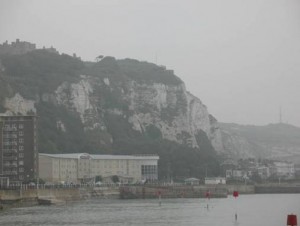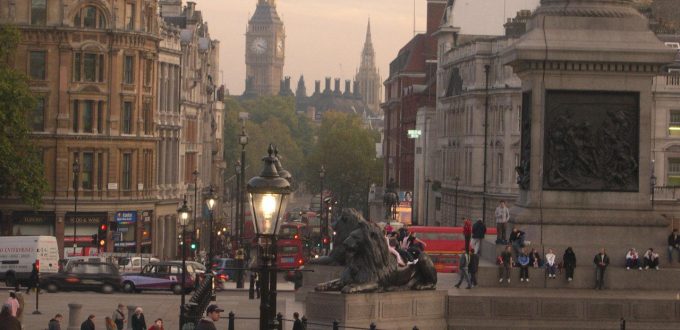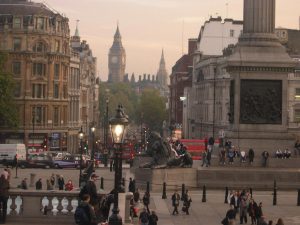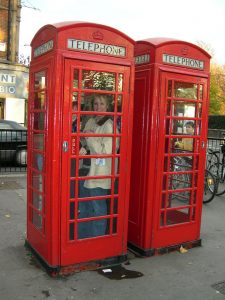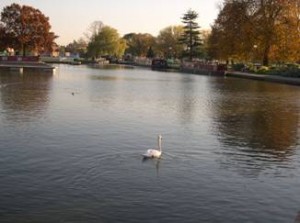Final Overview (#24)
by Debra Conley
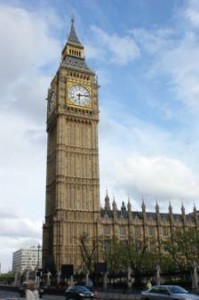
What else can I add to these two years of vicarious travel through the UK? Plenty! Traveling with us is definitely an adventure. If we see something curious, we might just take off to check it out. Most days we leave the hotel right after breakfast and do not return until evening. We do a lot of walking and Rick makes sure we find the fish & chips lunch whenever we can. For those of you who must have your American food, there’s Subway, McDonald’s, and Burger King everywhere.
Before we began making these regular trips, I delved into Rick’s recommended reading for the Seminary students. Nothing prepared me for what I would experience when I actually stood where great men of God like Spurgeon, Bunyan, Carey, and others preached and gave their lives to change the world. Knowing that I stood where martyrs were slain and remembering that Tyndale had been executed for his determination to see the Word survive, instilled a greater depth of reverence for this history than any book. The saddest realization, though, is to see how empty the great churches have become, with the notable exception of Metropolitan Baptist Temple pastored by Peter Masters.
Local dialect makes vocabulary part of the fun. “Straight way” has nothing to do with geometry or a Biblical walk. It means right now. Half eight doesn’t mean four; it means 8:30. The British also have a funny habit of spelling words with letters they never use, like Worcestershire (“Worster”) and Leicester (“Lester”), and Southwark (“Sutharc”). Tabloid headlines are often clever: “Brown in the Line of Ire” or “Farewell to Alms.”
A long ago practice that we might revive is the signing of the Settlement Document. This agreement, signed by all newcomers to a community, stated that if the newcomer became indigent and on the public dole, he agreed to go back where he came from. William Carey was required to sign such a document which is on display in the Carey Museum at Moulton.
Petrol, you say? This last trip it was 1.99 pounds ($4) per liter plus the 23% tax. But the trip is worth every penny. So Follow the leader (especially in the Tube); Enjoy the sights; Drink the tea!






